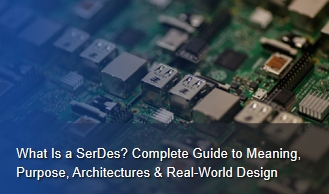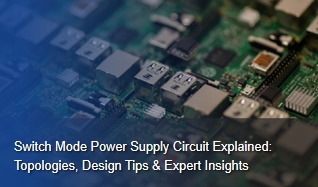Comparing Popular Programmable Logic Development Boards: Which One is Right for You?
In the world of electronics, choosing the right development board is crucial for the success of your projects. programmable logic development boards and kits have gained popularity among engineers and hobbyists alike, providing versatile platforms for designing and testing digital circuits. This article will compare some of the most popular options available on the market, helping you determine which board is the best fit for your needs.
What Are Programmable Logic Development Boards?
Programmable Logic Development Boards are hardware platforms that allow users to design, program, and test various digital circuits. These boards typically feature programmable logic devices such as FPGAs (Field-Programmable Gate Arrays) and CPLDs (Complex Programmable Logic Devices). With these boards, users can experiment with hardware design, simulate digital circuits, and develop applications ranging from simple LED controllers to complex communication systems.
Types of BoardsThere are several types of programmable logic development boards, each serving distinct purposes:FPGAs (Field-Programmable Gate Arrays): FPGAs are highly versatile and can be configured to perform a wide range of functions. They are ideal for applications requiring parallel processing and high-speed performance, such as digital signal processing and video processing.
CPLDs (Complex Programmable Logic Devices): CPLDs are simpler than FPGAs but offer faster switching speeds and lower power consumption. They are typically used in applications like simple control tasks, data routing, and interface bridging.
microcontrollers: While not strictly programmable logic devices, microcontrollers incorporate programmable logic and are used for tasks requiring control and communication, such as in embedded systems and IoT devices.
Popular Brands of Programmable Logic Development Boards1. Trenz Electronic
Trenz Electronic offers a range of high-quality programmable logic development boards designed for professional and industrial applications. Their boards are known for robust performance and flexibility. With features like high-speed connectivity, various I/O options, and compatibility with different programming environments, Trenz Electronic boards are ideal for engineers looking to create advanced digital systems. Whether you need a development board for prototyping or a solution for production, Trenz Electronic has something to meet your requirements.
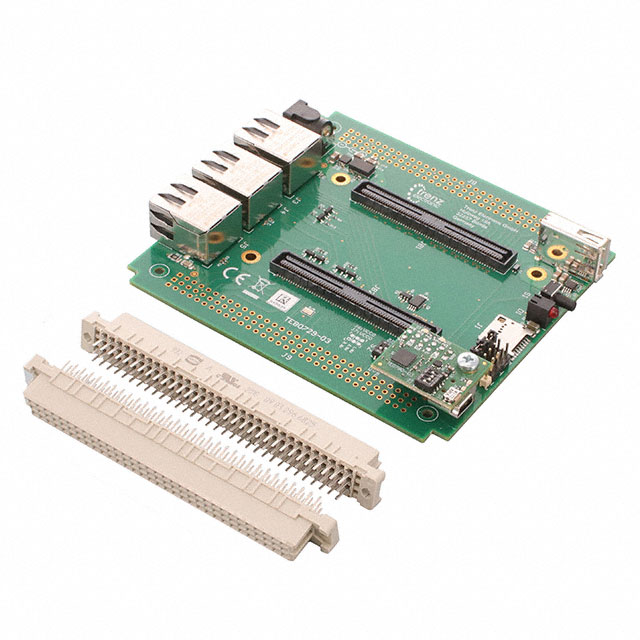
2. terasIC
TerasIC specializes in affordable yet powerful development boards suitable for both beginners and experienced users. Their products often feature user-friendly design elements, making them easy to use for educational purposes and hobby projects. With a strong focus on providing detailed documentation and tutorials, terasIC boards are perfect for those new to programmable logic. Their kits typically include various peripherals and accessories, allowing users to jump straight into their projects without needing additional components.
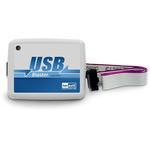
NXP Semiconductors is a renowned name in the electronics industry, known for its high-performance programmable logic devices. Their development boards integrate seamlessly with a range of software tools, providing a comprehensive ecosystem for developers. NXP’s offerings often include advanced features such as secure connectivity, high-speed processing capabilities, and extensive I/O options. This makes their boards a great choice for projects that require a robust and secure solution, such as automotive or industrial applications.
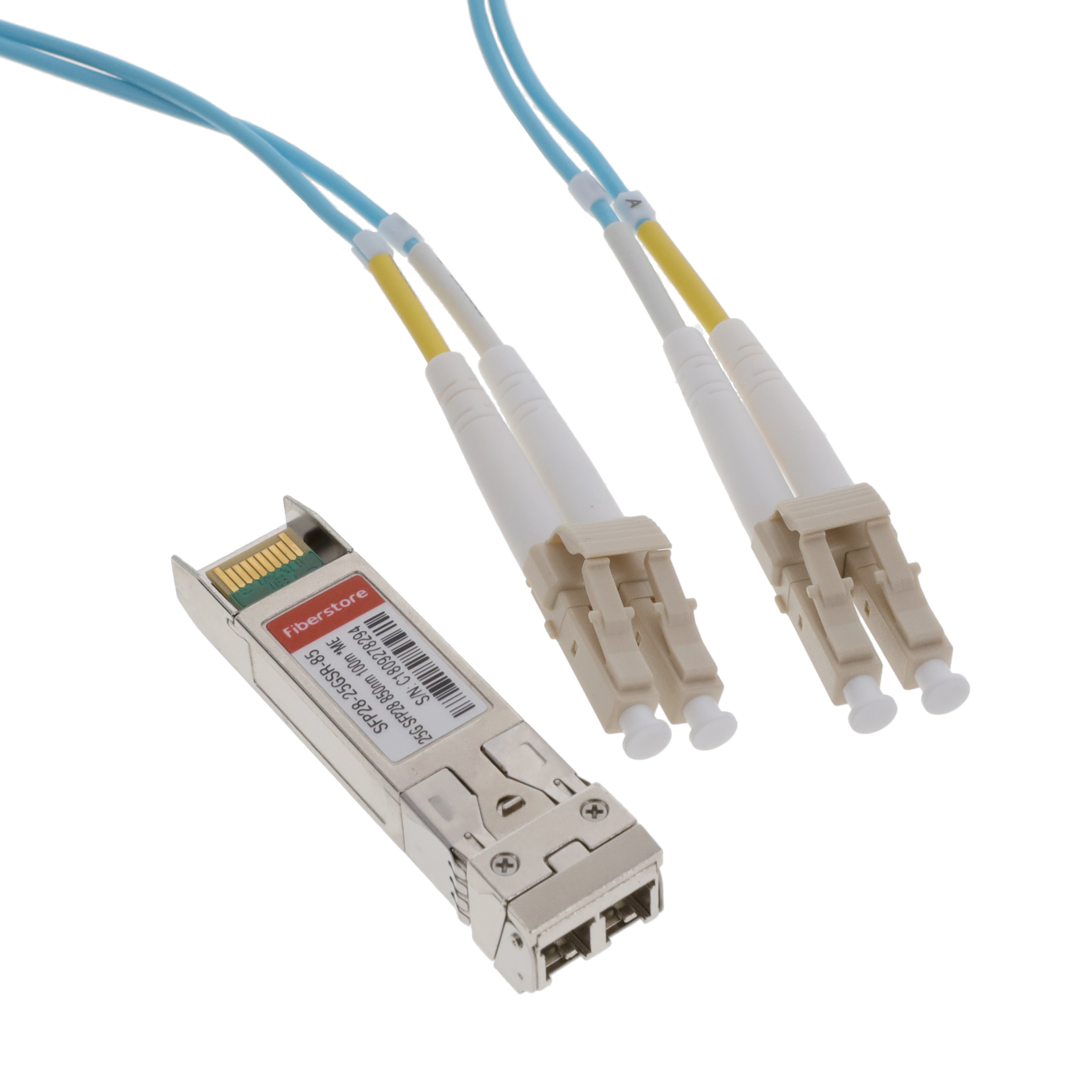
Choosing the Right Board for Your ProjectWhen selecting a Programmable Logic Development Board, consider the following factors:Project Requirements: Evaluate the specific needs of your project, such as processing speed, I/O interfaces, and connectivity options.
Skill Level: Choose a board that matches your experience level. Beginners may prefer user-friendly options like those from terasIC, while seasoned developers might opt for advanced boards from Trenz Electronic or NXP.Budget: Consider your budget and the value each board provides. Trenz Electronic may offer high-end features, while terasIC provides cost-effective solutions.
Community and Support: Look for boards with strong community support and comprehensive documentation. This can significantly ease the learning curve and help troubleshoot issues.
Real-World ApplicationsProgrammable logic development boards find applications across numerous industries:Telecommunications: FPGAs are used to design high-speed routers and switches, enabling efficient data transmission and processing.
Automotive: CPLDs and FPGAs play a vital role in automotive control systems, including engine management and safety features.
Consumer Electronics: From smart TVs to gaming consoles, programmable logic boards enable sophisticated features like image processing and user interface controls.
Medical Devices: Programmable logic devices are used in medical imaging systems and diagnostic equipment, where precision and reliability are paramount.
ConclusionChoosing the right Programmable Logic Development Board can greatly influence the success of your project. Brands like Trenz Electronic, terasIC, and NXP Semiconductors each offer unique features and benefits tailored to different user needs. By understanding the capabilities of each brand and considering your project requirements, you can make an informed decision that will lead to successful development outcomes.
For those interested in purchasing high-quality Programmable Logic Development Boards and Kits, unikeyic Electronics is a reliable distributor offering a wide range of products from these leading brands. Explore their selection to find the perfect board for your next project!
FAQ1. What is the primary difference between FPGAs and CPLDs?FPGAs are more flexible and suited for complex designs, while CPLDs are simpler and better for smaller, less complex applications.
2. Can I use programmable logic boards for learning purposes?Yes, many boards, especially those from terasIC, are designed with beginners in mind and include tutorials and documentation.
3. What software do I need to program these boards?Most boards require specific software, often provided by the manufacturer, such as Xilinx ISE or Altera Quartus.
4. Are there any accessories I need to purchase separately?Some development kits include all necessary components, while others may require additional peripherals, so check the product details.
5. How can I find support if I encounter issues?Visit the manufacturer’s website or relevant forums for community support, documentation, and troubleshooting guides.


